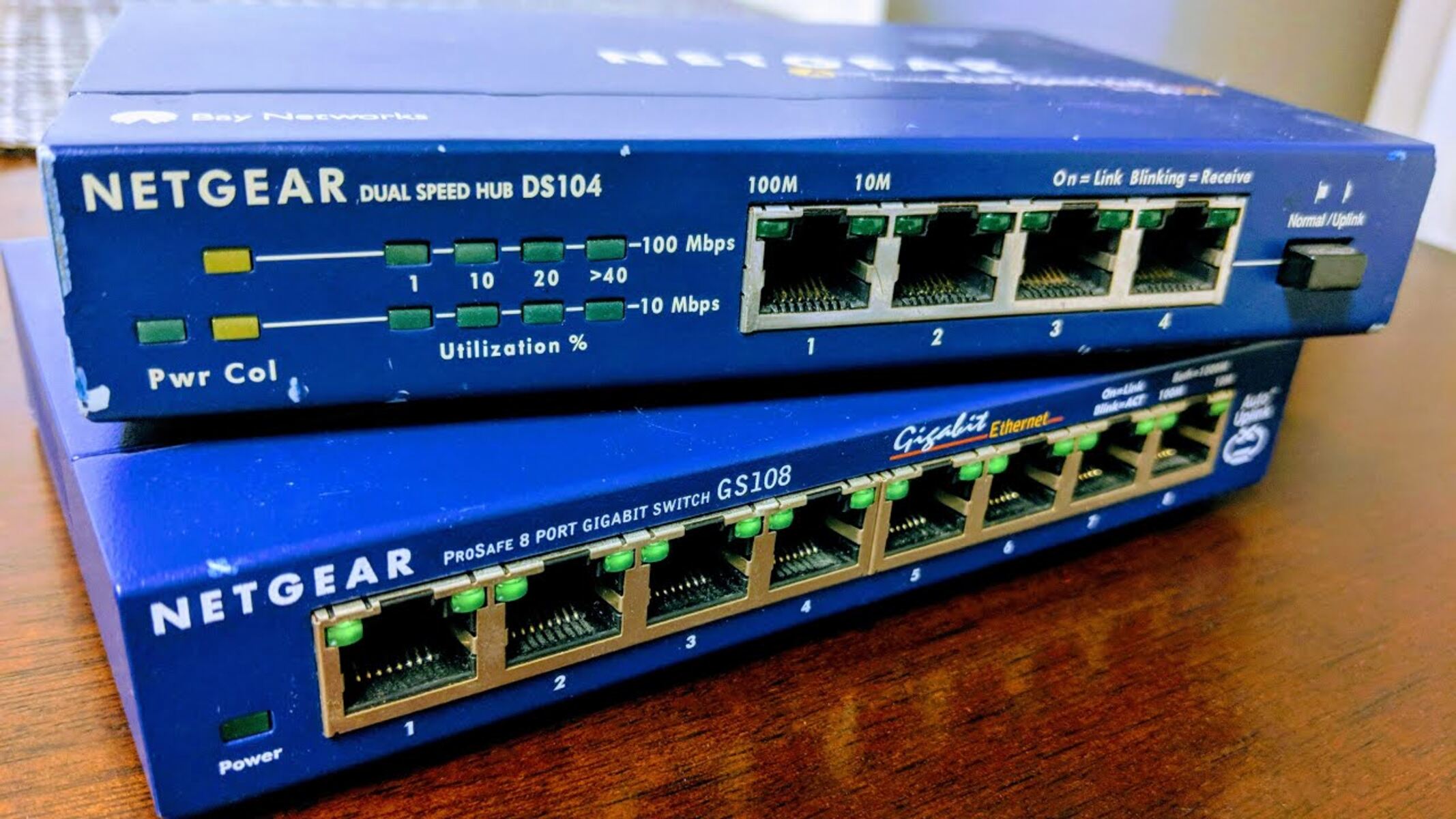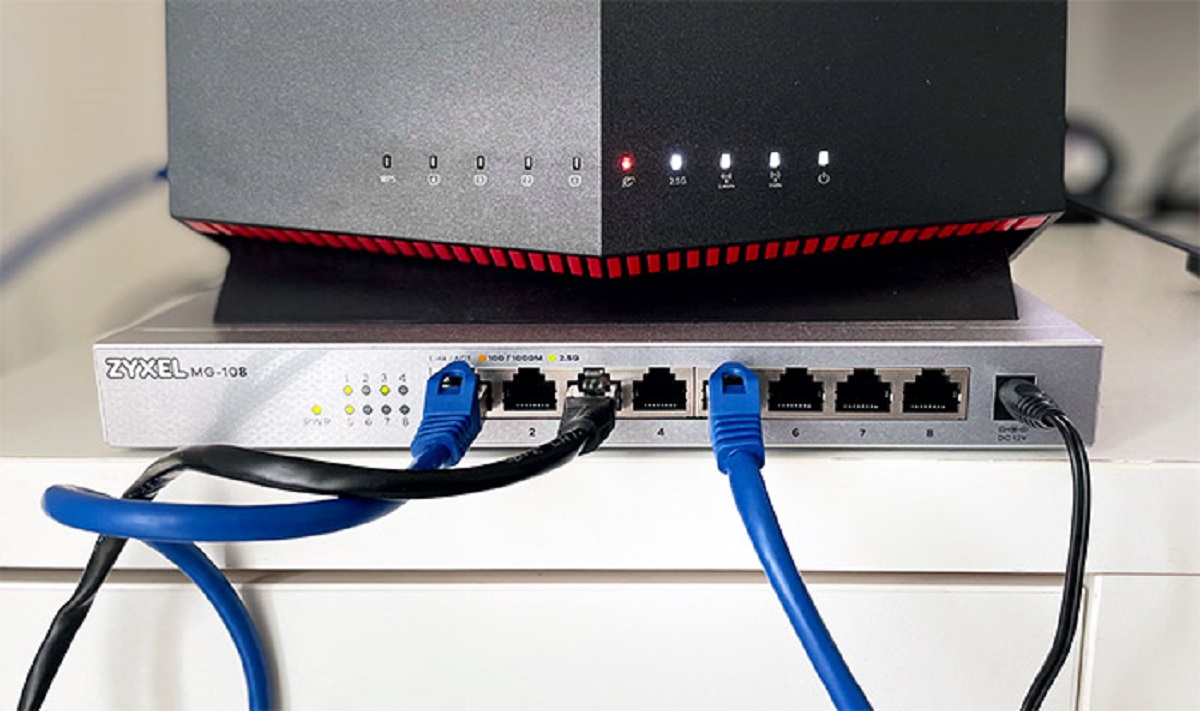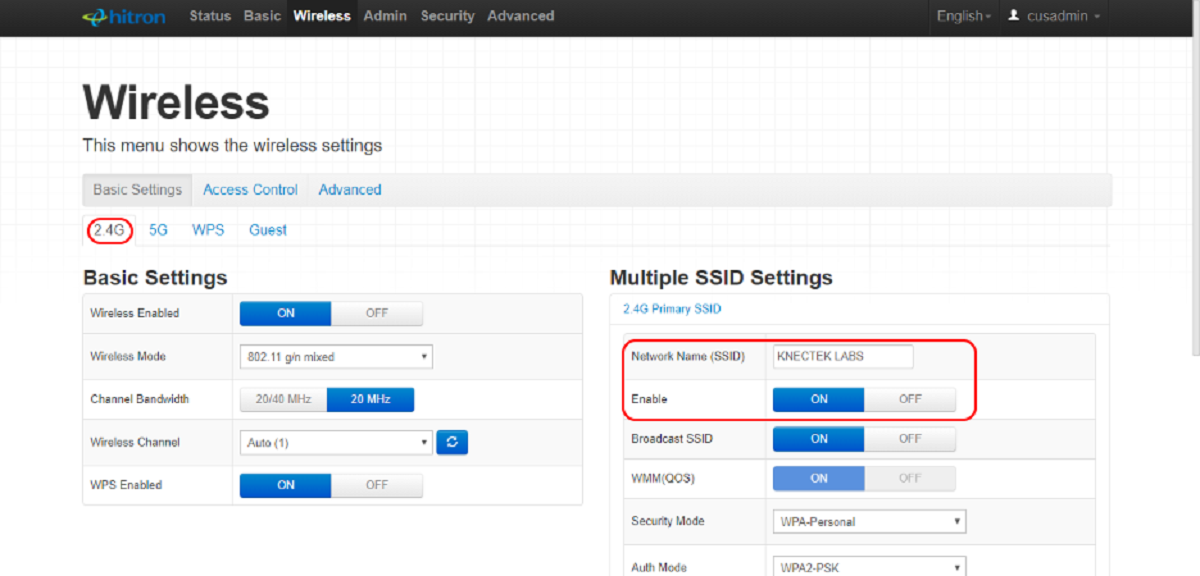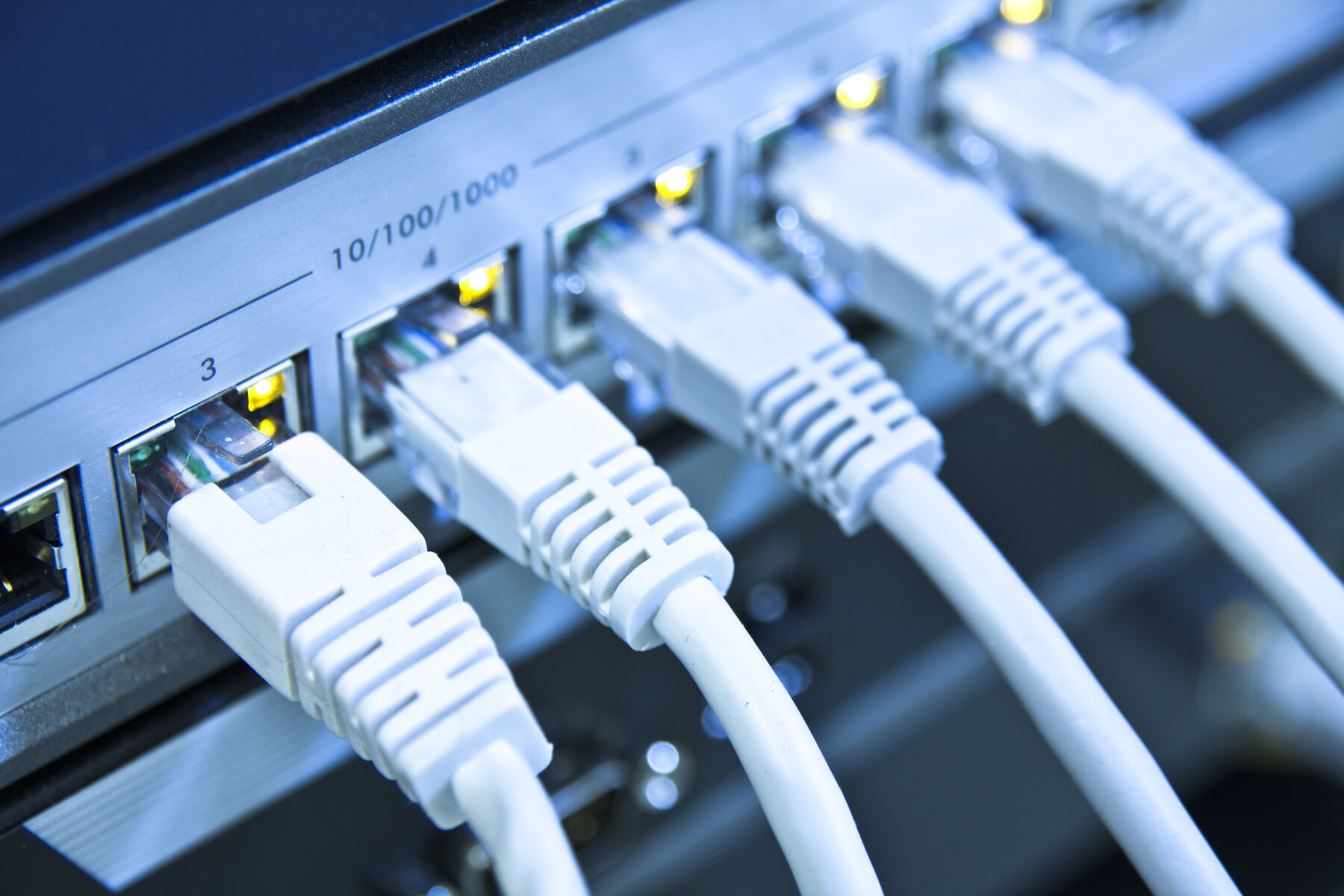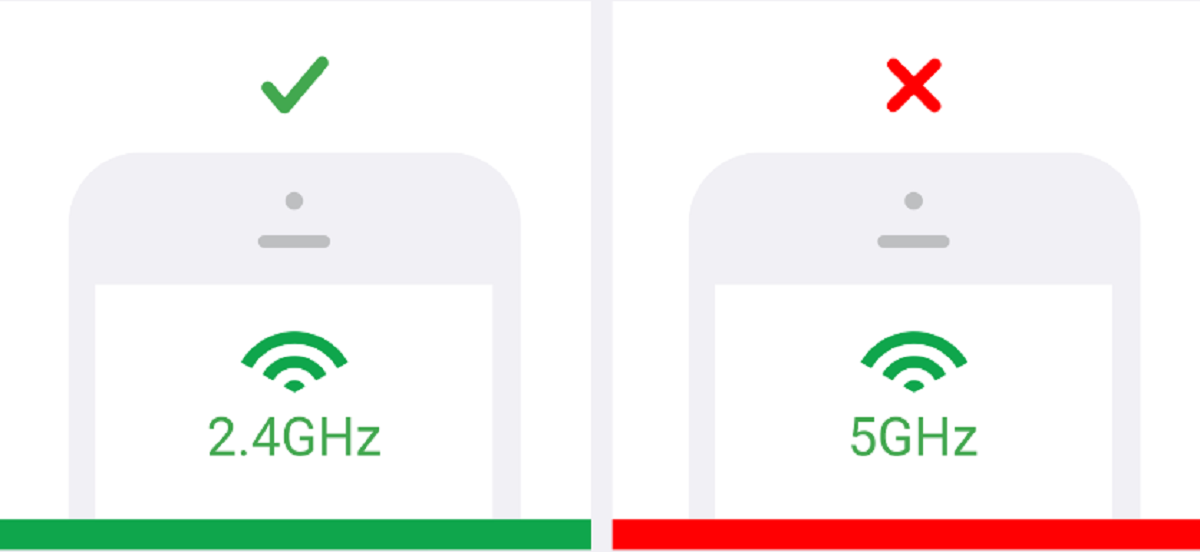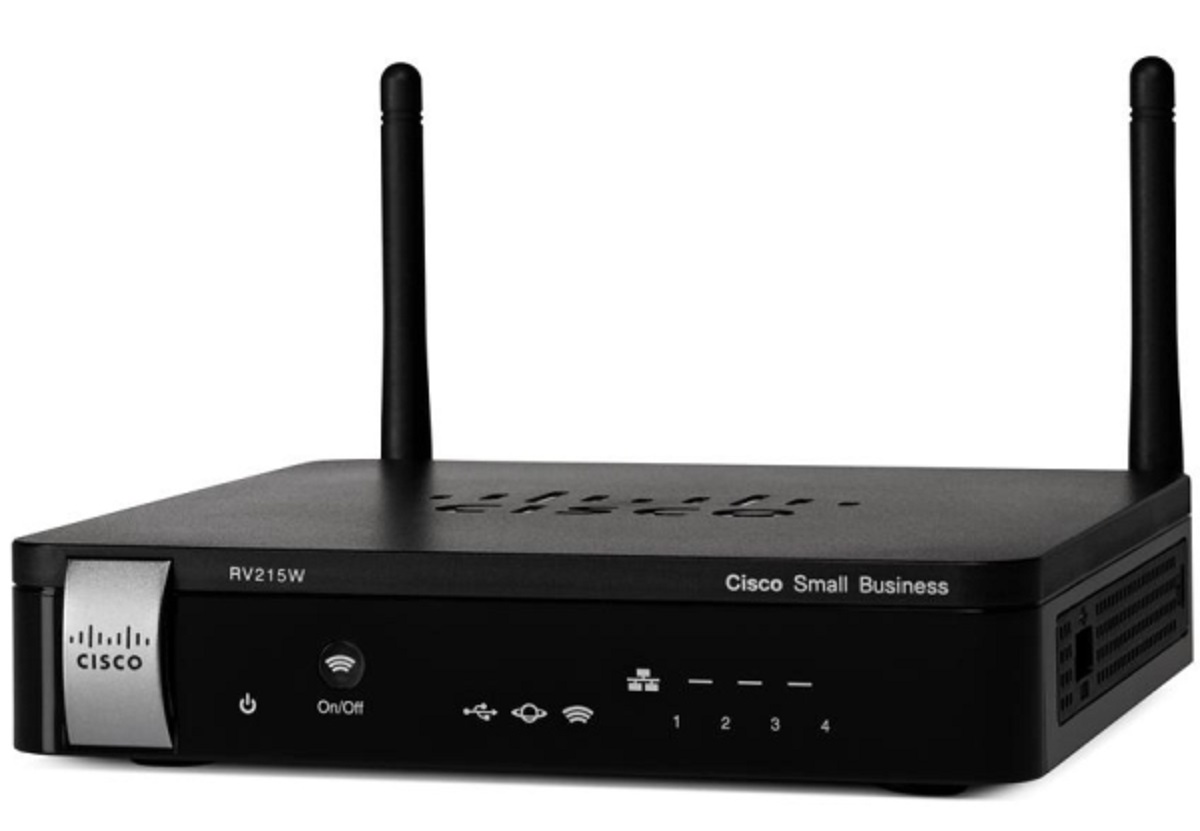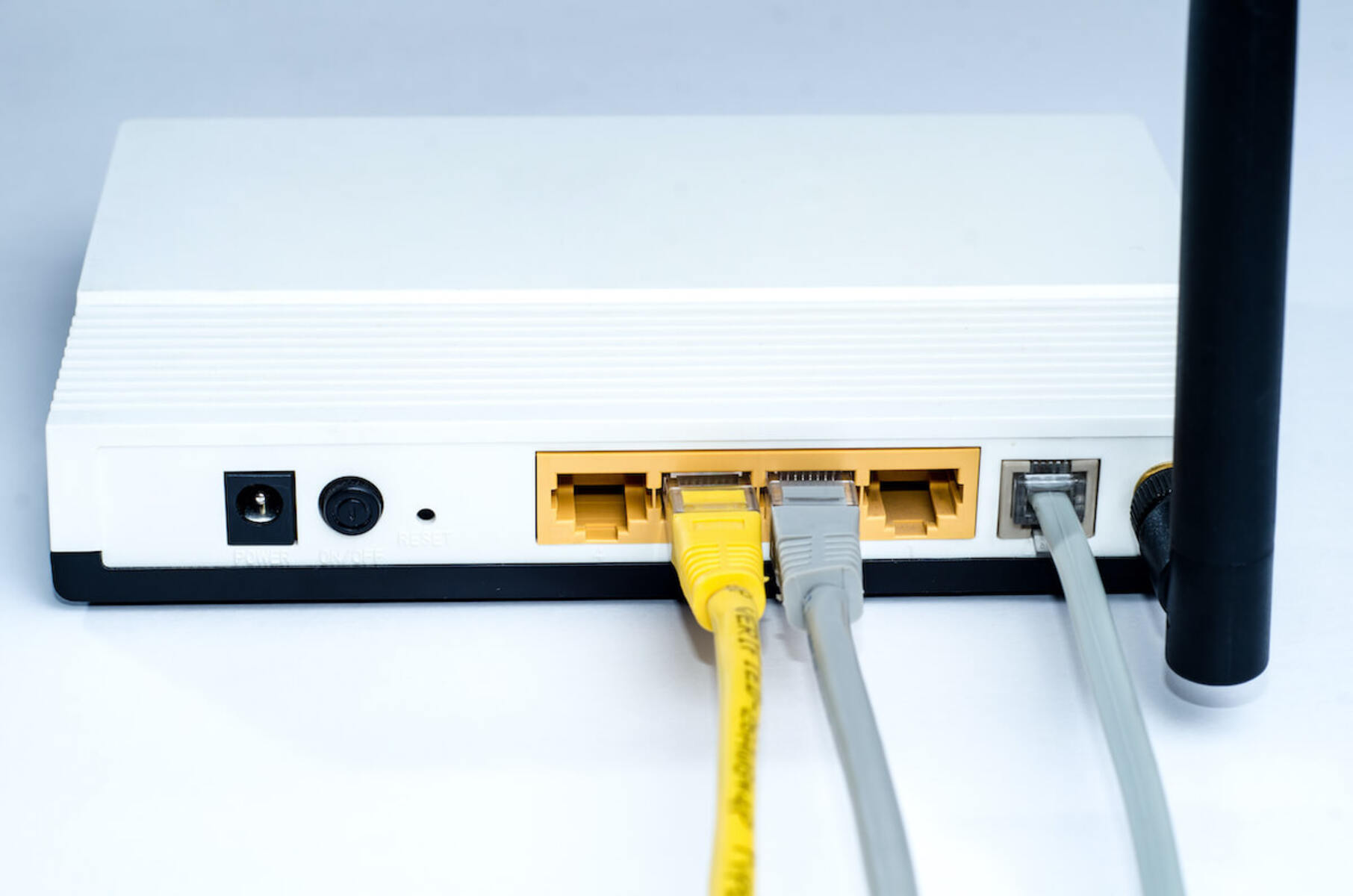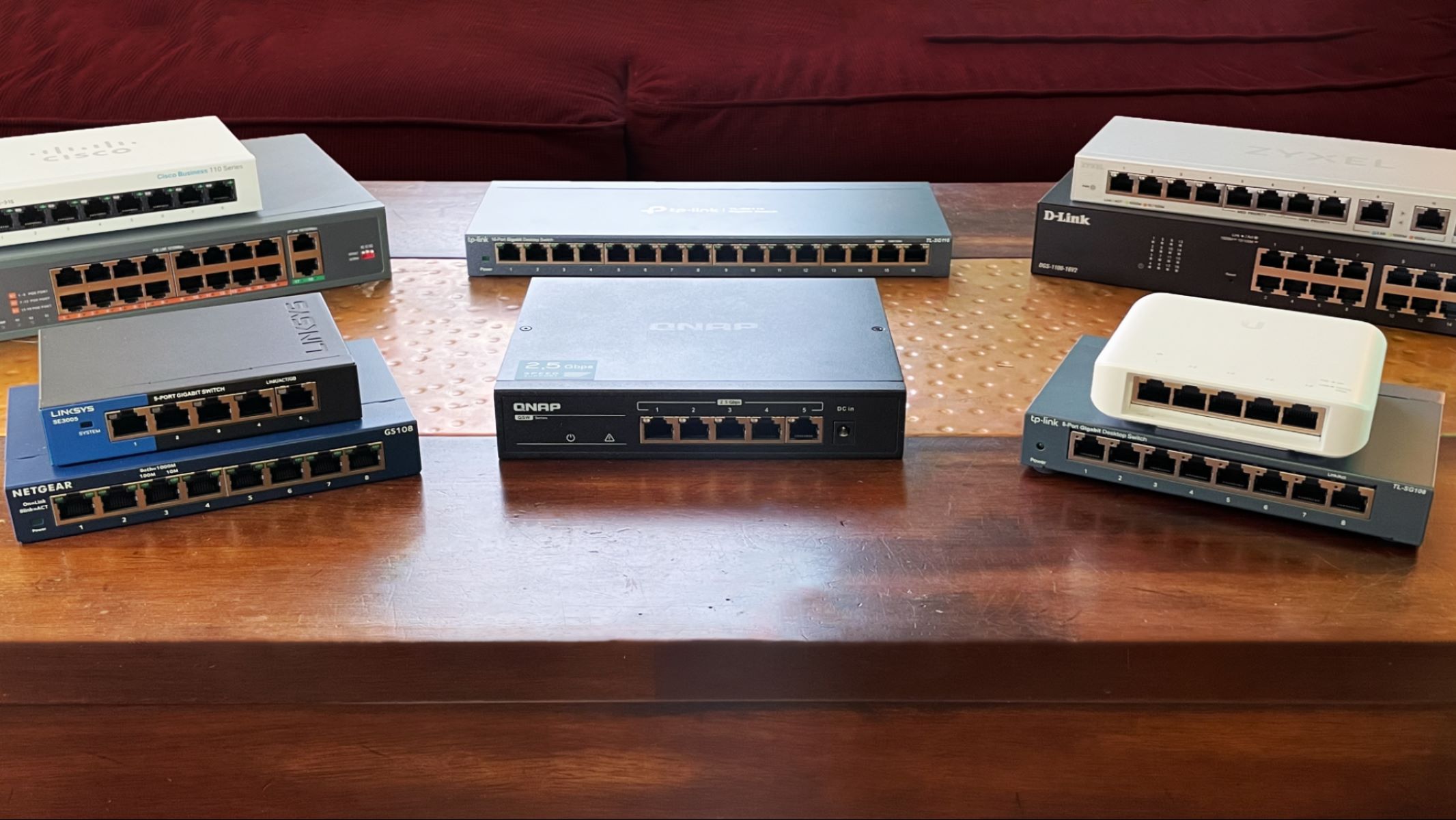Introduction
So, you have two routers and a network switch, and you're wondering how to connect them all together to expand your home or office network. This article will guide you through the process of using a network switch with two routers, providing a clear understanding of the setup, configuration, and testing phases. By the end of this guide, you'll be equipped with the knowledge and confidence to optimize your network infrastructure efficiently.
Whether you're a tech enthusiast, a small business owner, or a homeowner with an expanding network, understanding how to integrate multiple routers with a network switch can be invaluable. It allows you to extend your network's coverage, improve connectivity, and manage network traffic effectively. However, before diving into the setup process, it's essential to comprehend the roles of network switches and routers in a network environment.
Network switches act as a central connection point for devices within a local area network (LAN). They efficiently manage data traffic by forwarding data to its intended destination within the network. On the other hand, routers are responsible for connecting multiple networks together and directing data packets to their destinations. They also provide security, such as firewall protection and network address translation (NAT), and can offer wireless access as well.
Understanding the distinct functions of network switches and routers is crucial for integrating them effectively within a network. With this knowledge in mind, you can proceed to set up the network switch and connect the routers, ensuring a seamless and efficient network infrastructure. Let's delve into the process of using a network switch with two routers, step by step, to harness the full potential of your network setup.
Understanding Network Switches and Routers
Before delving into the setup process, it’s essential to grasp the distinct roles of network switches and routers within a network environment. Network switches serve as central connection points for devices within a local area network (LAN). They efficiently manage data traffic by forwarding data to its intended destination within the network. Switches operate at the data link layer of the OSI model, making them capable of handling and forwarding data packets based on the MAC addresses of the devices connected to them.
Routers, on the other hand, are responsible for connecting multiple networks together and directing data packets to their destinations. They operate at the network layer of the OSI model, allowing them to make decisions based on IP addresses. Routers provide essential functions such as network address translation (NAT), firewall protection, and wireless access, making them pivotal components in network infrastructure.
When integrating a network switch with two routers, understanding these roles is crucial. The network switch facilitates efficient data transfer among devices within the same network, while the routers manage traffic between different networks and provide essential security features. By comprehending the distinct functions of switches and routers, you can effectively utilize them to expand and optimize your network infrastructure.
Moreover, it’s important to consider the physical and logical connectivity aspects of network switches and routers. Physical connectivity involves the actual cabling and ports used to connect devices, while logical connectivity pertains to the configuration and routing of data packets within the network. Both physical and logical connectivity play vital roles in ensuring seamless data transfer and network management.
With a clear understanding of the roles and connectivity aspects of network switches and routers, you can proceed to set up the network switch and connect the routers, laying the foundation for an efficient and scalable network infrastructure.
Setting Up the Network Switch
Before integrating the network switch with two routers, it’s crucial to set up the switch itself. Start by selecting an ideal location for the switch, ensuring that it’s easily accessible and well-ventilated to prevent overheating. Once the location is determined, proceed with the following steps to set up the network switch:
- Power Connection: Plug the network switch into a power outlet using the provided power adapter. Ensure that the power source is stable and reliable to prevent network disruptions.
- Network Cable Connection: Connect one end of an Ethernet cable to the network switch’s uplink port, also known as the “in” port. The uplink port is designed to connect to the routers or the main network source.
- Device Connections: Connect the devices within your network, such as computers, printers, or other peripherals, to the available ports on the network switch. Use Ethernet cables to establish these connections, ensuring that each device is securely linked to the switch.
- Power On and Status Check: Power on the network switch and verify its status by checking the indicator lights. These lights typically indicate power status, network activity, and port connectivity, providing essential insights into the switch’s operational status.
Once the network switch is set up and operational, you can proceed to connect the routers, expanding your network’s capabilities and enhancing connectivity across multiple devices and network segments. The successful setup of the network switch forms the foundation for integrating multiple routers within your network infrastructure, setting the stage for an efficient and scalable network environment.
Connecting the Routers to the Network Switch
After setting up the network switch, the next step in integrating two routers involves connecting them to the switch to expand the network’s coverage and capabilities. Follow these steps to connect the routers to the network switch effectively:
- Identify Available Ports: Locate the available Ethernet ports on the routers. Typically, routers have multiple LAN ports along with a designated WAN port for internet connectivity. Identify the LAN ports for connecting to the network switch.
- Connect Ethernet Cables: Using Ethernet cables, connect the LAN ports of each router to available ports on the network switch. Ensure that the connections are secure and firmly in place to prevent disruptions in network connectivity.
- Verify Connectivity: Once the routers are connected to the network switch, verify the connectivity by checking the indicator lights on both the switch and the routers. The indicator lights provide insights into the status of the connections and network activity.
By establishing physical connections between the routers and the network switch, you create a unified network environment that enables seamless communication and data transfer across all connected devices. The network switch acts as a central point for data exchange, allowing the routers to efficiently manage network traffic and facilitate connectivity across different network segments.
With the routers successfully connected to the network switch, the next phase involves configuring the routers to optimize their performance within the network environment. This configuration process ensures that the routers effectively complement the network switch, providing enhanced network coverage, security, and management capabilities.
Configuring the Routers for Use with the Network Switch
Once the physical connections between the routers and the network switch are established, the next crucial step is to configure the routers to effectively operate within the network environment. Configuration involves setting up essential parameters and functionalities that enable the routers to seamlessly integrate with the network switch. Follow these steps to configure the routers for optimal performance:
- Access Router Settings: Using a web browser, access the administration interface of each router by entering its default gateway IP address in the browser’s address bar. This allows you to access the router’s settings and configuration options.
- Network Address Settings: Configure the LAN settings of each router to ensure that they operate within the same IP address range as the network switch. This alignment ensures that all devices within the network, including the routers and connected devices, are part of the same logical network.
- Routing and DHCP Configuration: Set up routing and DHCP (Dynamic Host Configuration Protocol) settings on the routers to facilitate efficient data packet routing and IP address assignment within the network. Ensure that the routers are configured to act as DHCP servers to assign IP addresses to connected devices.
- Security and Firewall Settings: Configure essential security features such as firewall settings, port forwarding, and network address translation (NAT) to secure the network and protect connected devices from unauthorized access and external threats.
- Wireless Network Configuration (If Applicable): If the routers provide wireless access, configure the wireless network settings, including SSID (Service Set Identifier), security protocols, and password settings to establish a secure and reliable wireless network within the broader network environment.
By meticulously configuring the routers to align with the network switch and the overall network infrastructure, you ensure seamless integration and optimal performance of the routers within the network environment. This configuration phase lays the groundwork for a robust and efficient network setup, enabling enhanced connectivity, security, and network management across all connected devices.
Testing the Network Switch with 2 Routers
After setting up and configuring the network switch and two routers, it’s essential to conduct thorough testing to ensure that the integrated network infrastructure operates seamlessly and efficiently. The testing phase involves verifying network connectivity, data transfer, and the overall performance of the network switch and routers. Follow these steps to conduct comprehensive testing:
- Device Connectivity Test: Verify that all devices connected to the network switch, including those connected to the routers, can communicate with each other seamlessly. Test connectivity by accessing shared resources, transferring files, and conducting network-dependent tasks to ensure uninterrupted communication.
- Data Transfer Test: Initiate data transfers between devices connected to different routers to confirm that the network switch effectively routes data packets between the routers. Monitor the data transfer speeds and latency to ensure optimal performance across the network segments.
- Internet Connectivity Test: If one of the routers serves as the gateway to the internet, verify that devices connected to the other router can access the internet without any issues. Test web browsing, online streaming, and other internet-dependent activities to confirm seamless internet connectivity across the network.
- Wireless Network Test (If Applicable): If the routers provide wireless access, perform tests to validate the coverage, signal strength, and reliability of the wireless network. Connect wireless devices to the network and assess their performance in various locations within the network’s range.
- Network Traffic Monitoring: Utilize network monitoring tools or the routers’ built-in traffic analysis features to monitor network traffic, identify potential bottlenecks, and ensure balanced data distribution across the network switch and routers.
Thorough testing of the network switch with two routers allows you to identify and address any potential issues or performance bottlenecks within the integrated network infrastructure. By conducting comprehensive tests, you can validate the seamless operation of the network switch and routers, ensuring optimal connectivity, data transfer, and network management capabilities across the entire network environment.
Conclusion
Integrating a network switch with two routers presents an opportunity to expand and optimize your network infrastructure, providing enhanced connectivity, network management, and security features. By understanding the distinct functions of network switches and routers, you can effectively leverage their capabilities to create a seamless and efficient network environment.
The process of setting up the network switch, connecting the routers, and configuring them to operate within the network environment forms the foundation for a robust and scalable network setup. Thorough testing ensures that the integrated network infrastructure operates seamlessly, facilitating uninterrupted communication, data transfer, and internet connectivity across all connected devices.
As you navigate the intricacies of using a network switch with two routers, it’s essential to consider the unique requirements and objectives of your network setup. Whether you’re expanding a home network, optimizing a small business network, or exploring advanced networking capabilities, the integration of a network switch with multiple routers empowers you to create a resilient and adaptable network environment.
By following the step-by-step guidance provided in this article, you have gained the knowledge and insights necessary to harness the full potential of your network infrastructure. From setting up the network switch to configuring the routers and conducting comprehensive testing, you have equipped yourself with the tools to create a robust and efficient network environment that meets your specific connectivity and management needs.
Embracing the opportunities presented by integrating a network switch with two routers allows you to stay ahead of evolving networking requirements, ensuring that your network infrastructure remains scalable, secure, and capable of meeting the demands of modern connectivity.







